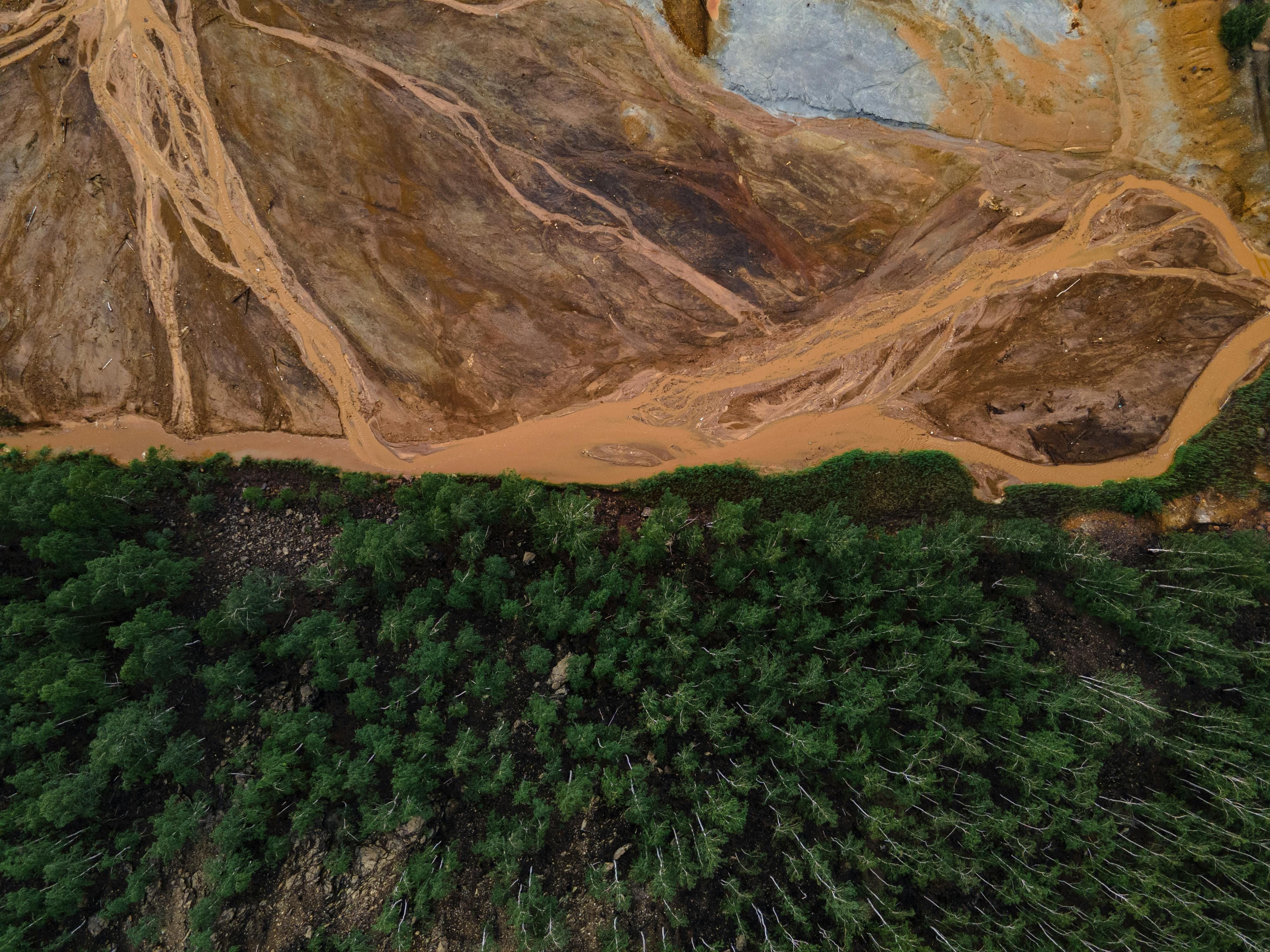Gold Rush in the Amazon: The Devastating Impact of Illegal Mining
Indigenous miners illegally exploit and ravage the Amazon rainforest
Illegal gold mining in the Amazon rainforest continues unabated, with detrimental effects on the environment, wildlife, and indigenous communities. The emerald-green expanse transforms into desolate wasteland as miners set up camps and destroy rainforest for gold.
From above, the rainforest's endless greenery gets marred by unsightly pits and bare earth, a clear indicator of the devastation caused by the miners. This destruction carries severe consequences for the ecosystem, wildlife, and the native communities residing within.
Raoni Metuktire, the chief of the Kayapo people, shares his concerns, stating, "If they continue like this, they will destroy nature – with effects that the entire world will feel."
Shifting Mining Activities
A recent Greenpeace report indicates that illegal mining has not declined in response to the Brazilian government's efforts, but instead, it has shifted from one indigenous area to another. The study uses satellite imagery and aerial surveys to monitor mining activities in major indigenous territories in northern Brazil.
Despite a decrease in mining activity in the Yanomami, Munduruku, and Kayapo regions, it has increased significantly in the Sararé region.
The Environmental Toll of Mercury
Illegal miners utilize mercury to extract gold from rocks, polluting water sources and potentially killing fish. Ongoing exposure to mercury can result in severe health issues, including irreversible damage to the nervous system, eye problems, and learning disabilities in children[1].
According to a study by the Oswaldo Cruz Institute, 84% of the population in nine Yanomami villages were exposed to elevated mercury levels[2]. This persistent exposure takes a toll on the health and wellbeing of the Indigenous people.
Criminal networks and armed conflict
Illegal mining operations are often associated with criminal networks linked to drug cartels, leading to acts of violence and deadly attacks against the indigenous population[3].
Gold mining offers relatively well-paid work for the workers, many of whom are victimized by human trafficking and forced labor[4]. The high demand for gold worldwide, driven by rising prices, fuels illegal mining activity in the Amazon.
Lula's Intervention
Unlike his predecessor Jair Bolsonaro, who supported the Amazon's exploitation, President Lula has pledged to strengthen environmental and climate protection in Brazil. He aims to curb illegal mining through regular raids, equipment destruction, and ongoing monitoring.
Ultimately, more transparency in the gold supply chain is necessary to effectively mitigate the impact of illegal mining on the Amazon Rainforest and the communities that call it home[5].
References:
[1] Borja, J. (2023). Health consequences of mercury exposure in gold miners of the Americas. Retrieved from https://www.sciencedirect.com/science/article/pii/S0048969723027108
[2] Greenpeace (2024). Greenpeace Report: Impact of Illegal Gold Mining on the Amazon Rainforest. Retrieved from https://www.greenpeace.org/reports/impact-of-illegal-gold-mining-on-the-amazon-rainforest/
[3] Santander-Trigueros, J. (2022). Drug trafficking networks and mining concessions in the Amazonian forests of Peru. Retrieved from https://www.sciencedirect.com/science/article/pii/S1065305X22000923
[4] Crabb, L. & Fernandes, V. (2023). Biomonitoring mercury pollution in remote Amazonian forests. Retrieved from https://www.sciencedirect.com/science/article/pii/S0147651323001326
[5] Escolhas Institute (2023). The Legal and Illegal Gold Trades in the Amazon: Brazil and EU Countries. Retrieved from https://www.escolhas.org/en/publicacoes/illegal-and-legal-gold-trades-in-the-amazon-brazil-and-eu-countries
- The community and employment policies need to address the shifting illegal mining activities in the Amazon rainforest, as initiating raids and regular monitoring are crucial steps towards preserving the ecosystem, wildlife, and indigenous communities affected by the disastrous gold rush.
- Documenting the escalating illegal mining activities in major indigenous territories through satellite imagery and aerial surveys could help enable effective enforcement of the rules and regulations in the community policy to protect these areas from further destruction.
- To mitigate the devastating environmental and health consequences of illegal gold mining, it's essential to prioritize transparency in the gold supply chain, ensuring that resources are not sourced from regions tainted by rainforest destruction, mercury pollution, and human rights violations.








